Glossary
Te Kura ō Mangaweka-Mangaweka – our school
Kura – school
Kaiako – teacher
Ākonga – students
Ngāhere – forest/bush
Whānau – family, can also refer to a group of people who feel a strong sense of connection to each other. In this instance the “kura whānau” refers to everyone who connects to the school, from the children and teachers to the parents, grandparents and wider community.
Matariki – the star cluster Pleaides which appears in the morning sky in the winter months and heralds the beginning of the Māori New Year.
Aotearoa – New Zealand
Te Kura ō Mangaweka is a small rural school in the Rangitikei district. It’s a school I have strong connections with – as a past student and more recently as a parent. I am also a current Board member and an occasional helper and volunteer Kaiako when the need arises.
My participation in the Froebel Trust online short course with Stella Louis and Jane Whinnet over the past 12 months has been a wonderful introduction to the Froebelian principles. Whenever I’m lucky enough to spend time observing or interacting with the ākonga at our Kura, I find myself thinking about the Froebelian framework and how it connects to us here in Aotearoa.
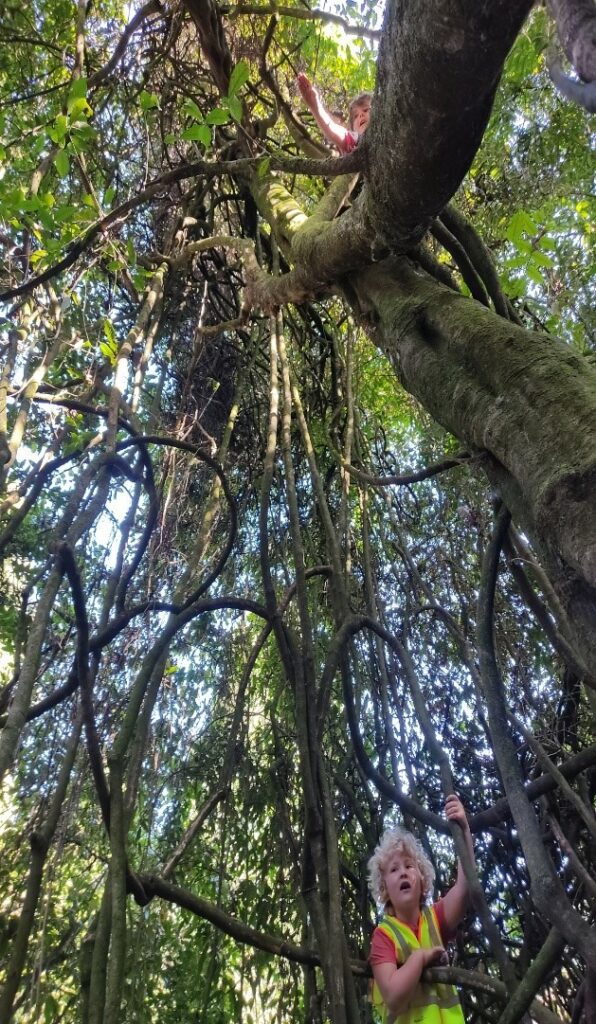
Our school follows a play-based curriculum; we have very strong community connections and support, and we value and prioritise children knowing about and actively engaging in education outside the classroom. The ākonga are immersed in a rich natural environment: from a huge outdoor space at school in which to explore and run free, to the Ruahine mountain range, native bush reserves, hills, valleys and streams and the awesome Rangitikei River on our doorstep.
Every “Friyay” the children and Kaiako spend the entire school day exploring the local ngahere, located at the Mangaweka Campground.
One of the children’s favourite places is a thicket of kareāo vines where they stop to play on nature’s ultimate jungle gym – some happily climb, swing, traverse, stretch, shimmy and slide, testing their physical boundaries, while others rest below and lose themselves in imaginary play.
Jimmy and Beau climbing the Kareao vines. Beau is waiting for his “friend” Piwakawaka (fantail) to alight on his arm.
The children’s other favourite place is at the foot of a majestic Kahikatea tree - a NZ native white pine. Here they spend hours looking at what grows in, on and around it, measuring its girth, exploring its huge buttress root system and simply being in its presence - dreaming, creating, wondering, imagining.
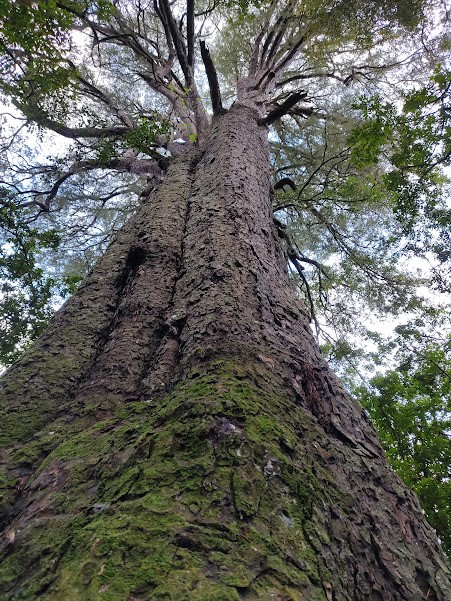

The children have formed such a bond with the Kahikatea that it has become central to their new school motto and logo which was co-designed by the kura whānau. It has also featured in their latest project – a mural which the children designed with some help from a local artist. The children wanted to depict the importance of their connections to “their place” and “their friends”: the Kahikatea tree, the river, the birds, insects, trees and fungi they have grown to know so intimately.
The mural project was launched at the school’s Matariki celebration – a time when the community gathers to acknowledge the beginning of the Māori New Year. Everyone present, from babies through to grandparents, had a hand in painting the mural, with the final finessing and detailing completed by the ākonga and a couple of the parents over the following months. The painting, recently unveiled at a special ceremony, stands proudly at the entrance to the school welcoming manuhiri and giving them a sense of what the kura is about and what matters to these children.
Ngahere Friyays have given me the opportunity to consider aspects of Froebel’s framework: particularly his principles of children engaging with nature, and Unity and Connectedness, and how they align with the curriculum and values of our tiny rural school in Aotearoa. I’ve observed the children fully immersed in nature, discovering and learning about different eco-systems and the habitats of our native bird and plant life and, indeed, learning much about themselves. This in turn has strengthened their connection to place and inspired them to share their passion and commitment to learning about sustainability by connecting and contributing to their local community.
The children in Mangaweka are fortunate to have the best of both worlds – a school led by committed Kaiako who inspire and nurture a love of nature, coupled with a rural lifestyle where the environment around us abounds with opportunities for exploration and play. It is a learning environment which I’m sure Friedrich Froebel would marvel at!
Written by Mina Prip

